The New 'Walking Dead' Titles Are Adding More Hidden Easter Eggs
With the loss of Rick Grimes, the departure of Maggie (who’s gone to stay with Georgie building a new community off-screen) and the leave-taking of a small bit of Daryl’s hair, it’s nice to know “The Walking Dead” has gained back at least one terminal member in Season 9: the slowly decomposing opening credits.
For the longest time, it looked like the opening titles weren’t going to make it. Since Season 1, the logo at the end of the sequence has been constantly decaying. At first, the effect seemed cool, but at some point it’s going to just disappear altogether, right?
“Or it’ll be rebuilt,” executive producer David Alpert told me at San Diego Comic-Con over the summer.
And here we are. In Season 9, “The Walking Dead” revamped the opening credits thanks to design company Huge Designs, giving the show a new animated sequence along with an ending logo that has traded its decomposition for some new, green overgrowth.
“That came from [showrunner Angela Kang] at a very early stage. The new series is a ‘new beginning,’ and so she wanted to say that from the outset,” said Huge Designs animator Paul McDonnell.
In an email interview with HuffPost prior to Andrew Lincoln’s departure episode, the creators of the title sequence, including McDonnell and designer Tamsin McGee, as well as Kang and “Walking Dead” producer Ryan DeGard, explained some of the sequence’s hidden Easter eggs.
But first, if you’re planning on hunting for them all, good luck. There are more on the way, according to DeGard.
“[Fans] having a 100 percent complete handle on where [all the Easter eggs are] would be very impressive!” he said. “We also have plans to add a few more things as time goes on, so will they be able to keep up?”
In fact, the Season 9 credits as a whole have some further updates coming up, Kang said when asked if the titles would be different in Season 10.
“We’re already working on some additional changes for Season 9, but we’ll take it a season at a time!” she said.
Throughout our email discussion, the group wouldn’t answer any questions that remotely touched on a spoiler, but they did reveal, among other things, that the credits underwent some timely changes to include images of a helicopter and a graveyard, additions meant to reflect storylines this season. We saw the helicopter used in Rick Grimes’ last episode. Could some other graveyard moment still be coming?
“Walking Dead” has had a similar title sequence since Season 1. What was the inspiration behind the new design? How did it evolve?
Tamsin McGee: The main point the titles needed to communicate was the sense of life emerging from death … nature taking over. Initially we looked to the comics, particularly “A New Beginning,” for visual references. There is one particular image that struck us as visually relevant and it shows Alexandria as a kind of utopian homestead with horses, livestock and vegetable gardens and, of course, a windmill. We liked the concept of this haven of community and the contrast of the horror that exists beyond the walls. Stylistically we also looked at Westerns for reference, such as low angles, rugged terrains and big, big skies. Alexandria totally reminded us of an isolated 19th-century frontier town and a great deal of the imagery was influenced by iconic Western references such as a hanging tree, skulls and horses. Another influence was the poems of Edgar Allan Poe. His main themes are generally associated with death and decomposition and reanimation of the dead.
How’d you work together with Angela to create the new sequence?
McGee: Tone was really important. We had a tendency to go too bleak and grungy, and AMC encouraged us to push the elements of emerging nature and hope and to get the balance and message right.
The most enjoyable thing about the process was that we really felt that Angela was totally on board with the concept and trusted us right from the beginning ― it gave us great confidence to produce something that we loved and felt had great integrity. Once the animation was pretty much nailed then the process of adding the “Easter eggs” began. We were sent references for objects over the course of several emails and then Paul would build them and hide them in the sequence. It was quite time-consuming to get the level of “hidden” just right.
I know you can’t reveal too much about Easter eggs, but I do have some questions. What was your inclusion process? Were you just placing them wherever they could go, or do they serve a certain purpose?
Angela Kang: Our post producer Ryan DeGard came up with the idea of the iconic objects hidden as Easter eggs. AMC wanted to maintain some sense of continuity with the prior iterations of the main titles and this seemed like a really fun and creative way to do it.
Ryan DeGard: In our past main titles, the iconic items from the show played a big role. It seemed like our show more than most really lends itself to iconic imagery ― that the moment you see it, you know who or what the items represent or is tied to. I thought that including some of this stuff in different ways ― from more in-your-face [stuff] like Negan’s bat “Lucille” or Daryl’s original motorcycle to blink-and-you’ll-miss-it items like Abraham’s dog tags, etc. ― was a fun way to engage our viewers in really taking part in the main title and having fun looking at what is in each corner of the frame for something new.
I always enjoyed the “Game of Thrones” use of the map and the fact that it would sometimes change based on locations used in the show. I always thought that was a fun way to keep the viewers’ eyes on the beautiful main title and also inform them of possibly where you might end up that week.
At this point, do you think fans have found all the Easter eggs?
Kang: I have no idea! But a bunch of them are pretty well buried. I have a key that explains where every single object is located and it’s still hard for me to find some of them again.
Also — one specific one — is that Glenn’s/Hershel’s pocket watch hanging from the cross grave or nah?
Kang: Yes, that is Glenn’s Hilltop grave in the graveyard. Maggie had hung the watch on it before later taking it back.
Love HuffPost? Become a founding member of HuffPost Plus today.
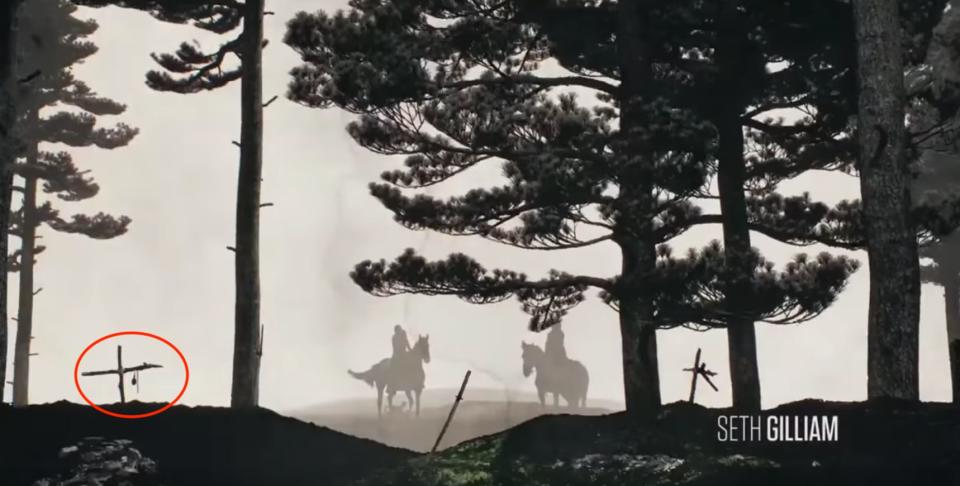
Some of the imagery obviously seems very tied to Season 9. How are you telling the Season 9 story with the title sequence?
Kang: We’re trying to hint at the themes of the season in the titles without getting too much into specific storylines. It’s a time of rebuilding, and the effects of nature and the environment on our heroes is something we explore. The hangman’s noose attached to the barn was a nod to both the Western vibe of the season as well as the specific events of the premiere. The helicopter is something we’ll learn more about this season as well, but from a design standpoint, what I loved was the odd juxtaposition of images of nature and the Western frontier with something that’s so clearly of the industrial age.
What were some of the images that were originally included that you later changed?
McGee: The titles didn’t change a huge amount from our original boards. Plot elements were snuck in that we didn’t know about ― for instance, the graveyard and the helicopter. A couple of things were dropped and replaced with more relevant scenes. We had a rusty old VW beetle which became Daryl’s bike and we really fleshed out Alexandria adding the barn time lapse and the windmill got a couple of coats of paint! And we swapped out vultures for crows.
What’s the deal with the crows?
Paul McDonnell: The crow represents several things. They are carrion eaters and love flesh, and they hang out in murders, so could be seen to represent the Walkers. They also are considered to be harbingers of death and symbolize ominous fortune and change. They also represent the re-emergence of the natural world over man. As nature continues to take over through Season 9, you will start to see more and more birds in the sky.
Knowing it’s Rick Grimes’ final season, how did that affect the titles?
Kang: In some ways, it didn’t. Rick’s exit is one massive storyline in a season of massive storylines, and the titles really had to work for the entire season.
What behind-the-scenes secrets do you know about the titles that you think are fun or interesting?
McDonnell: The close-up Walker eye was [Huge Designs’ director Hugo Moss’] eye after a heavy night. We often try to get ourselves into our sequences, and we did shoot ourselves green screen for the end crowd shot but our walker moves just weren’t good enough to make the cut.
This interview has been edited for clarity and length.
Also on HuffPost
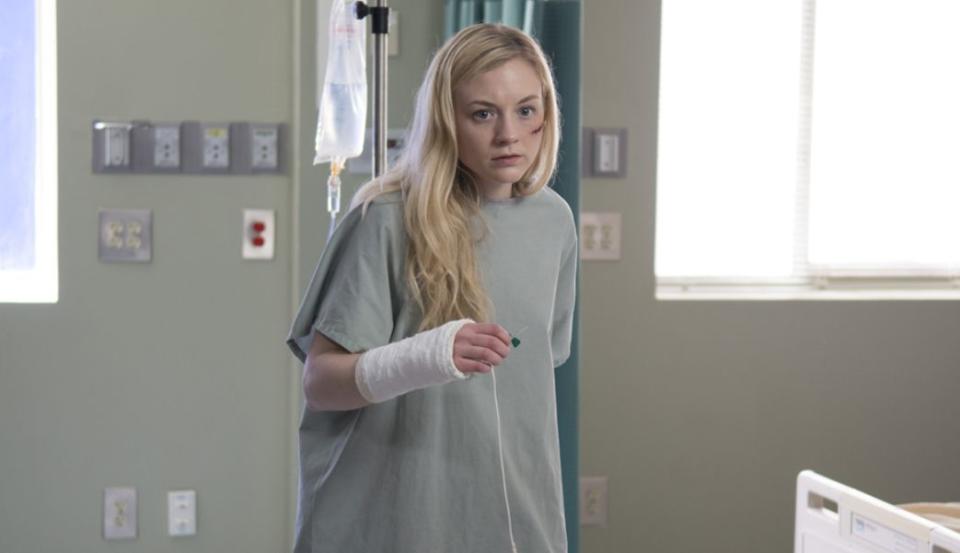
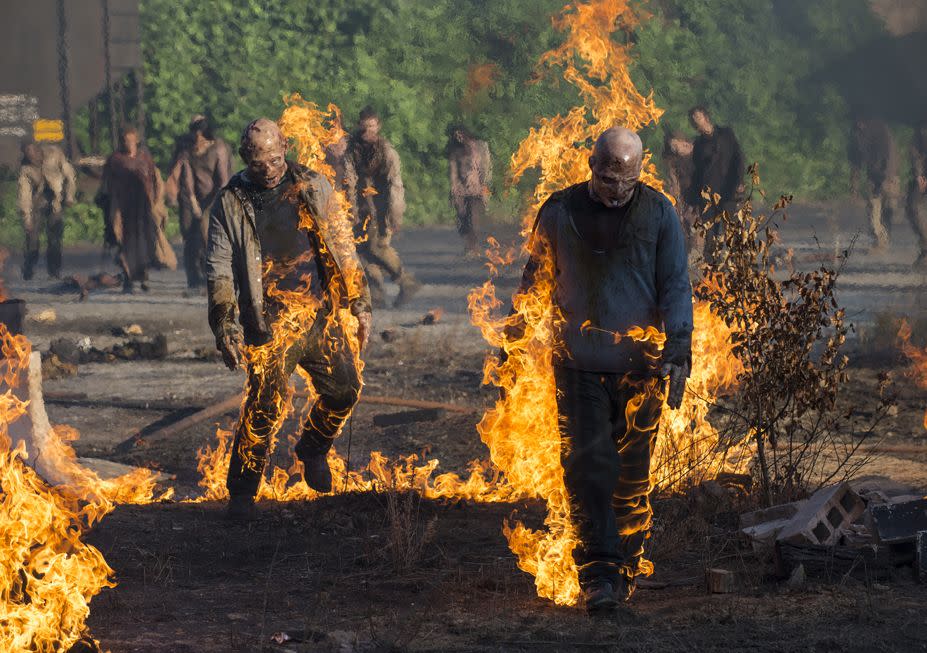
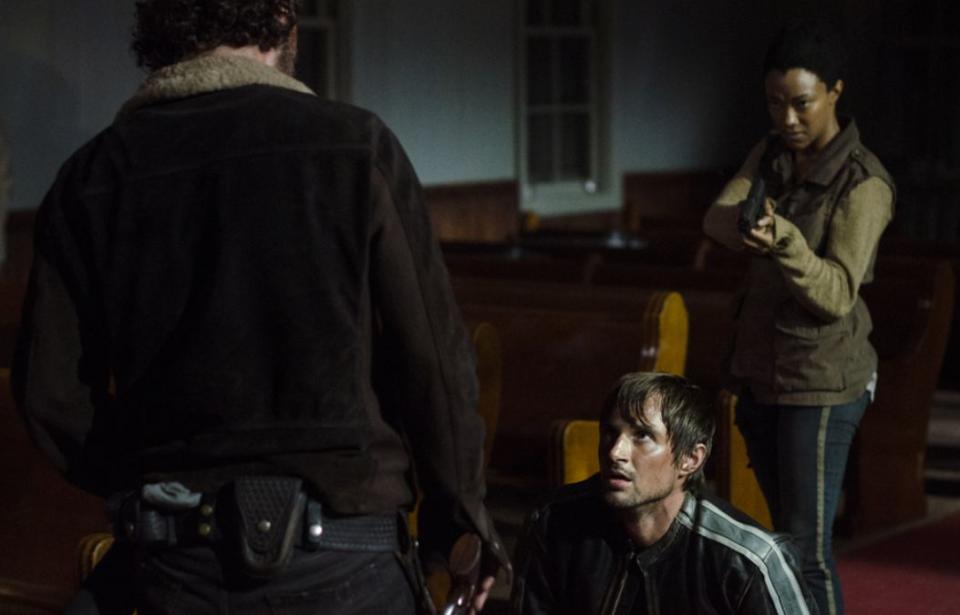
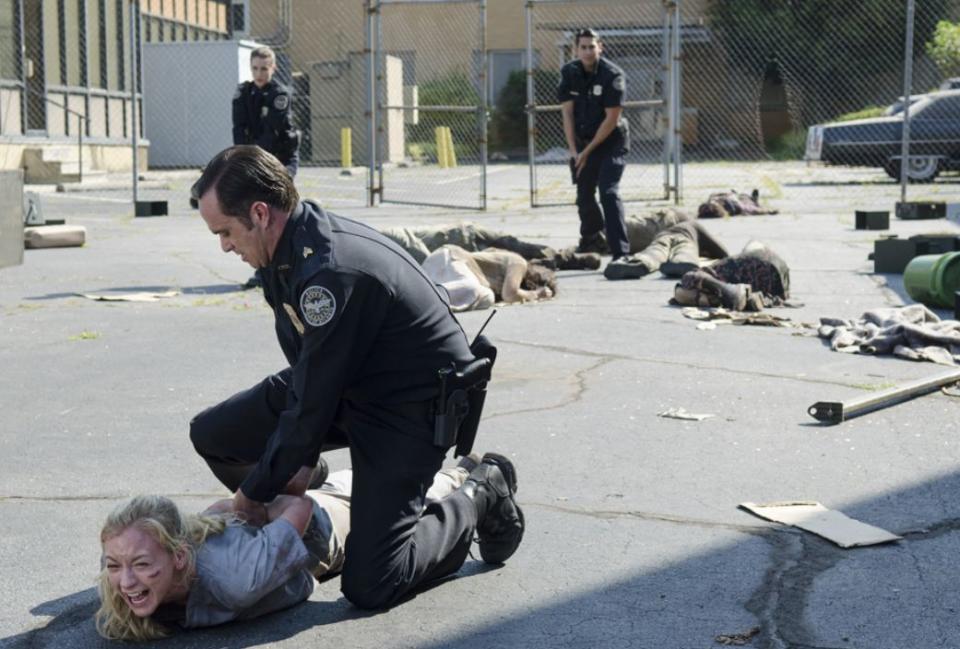
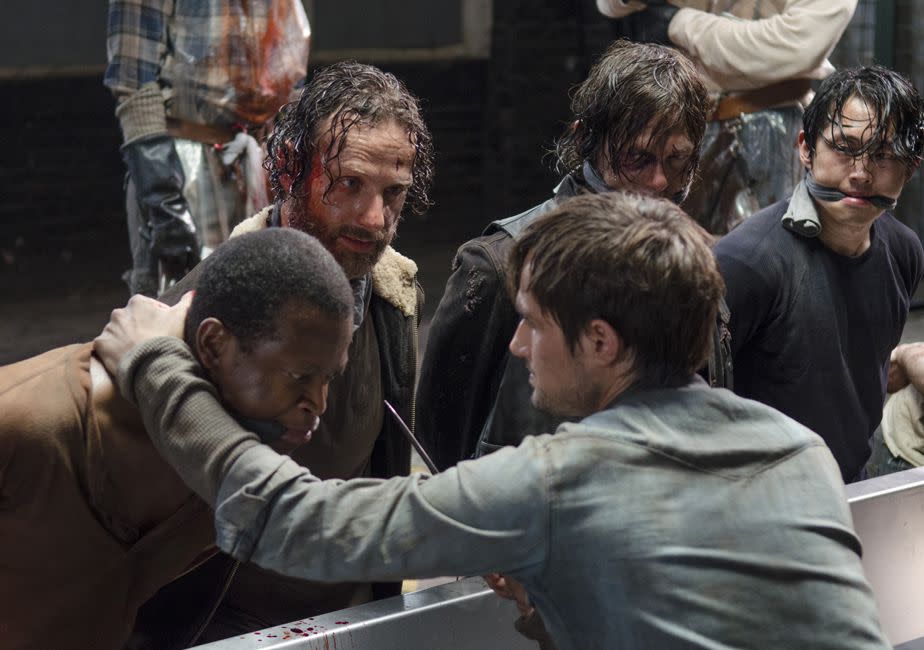
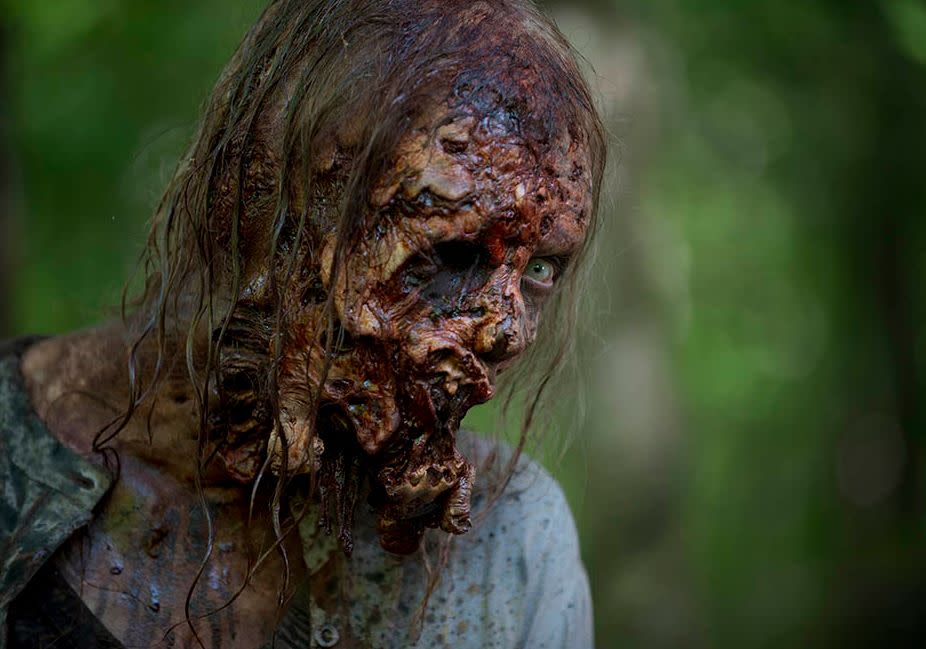
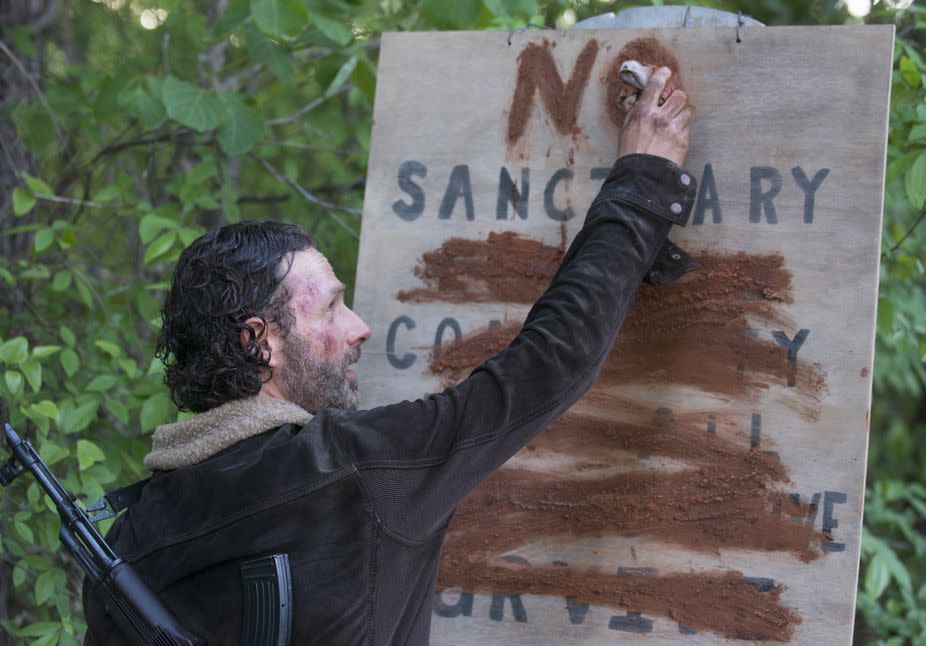
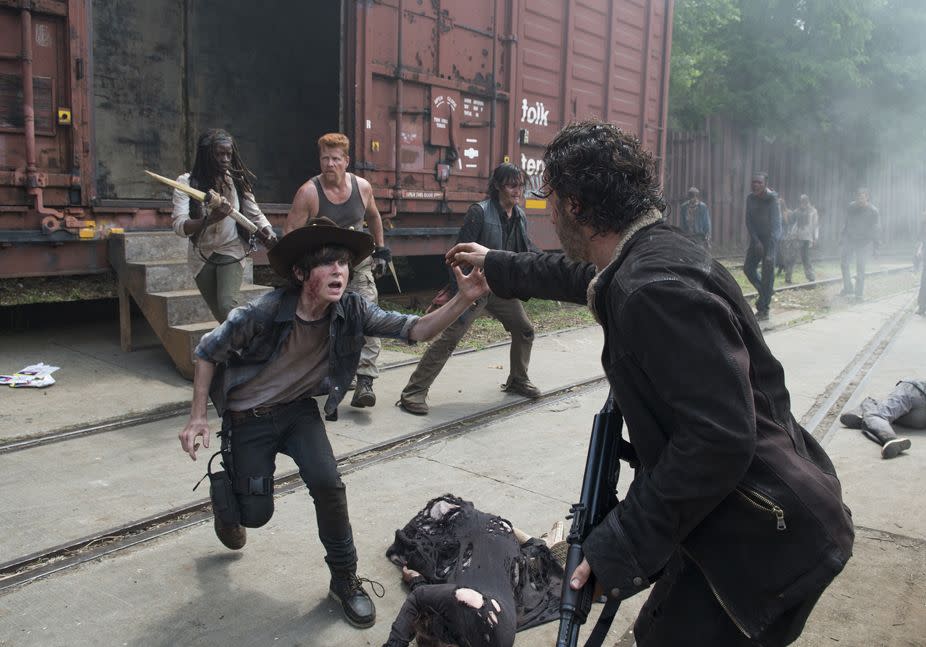
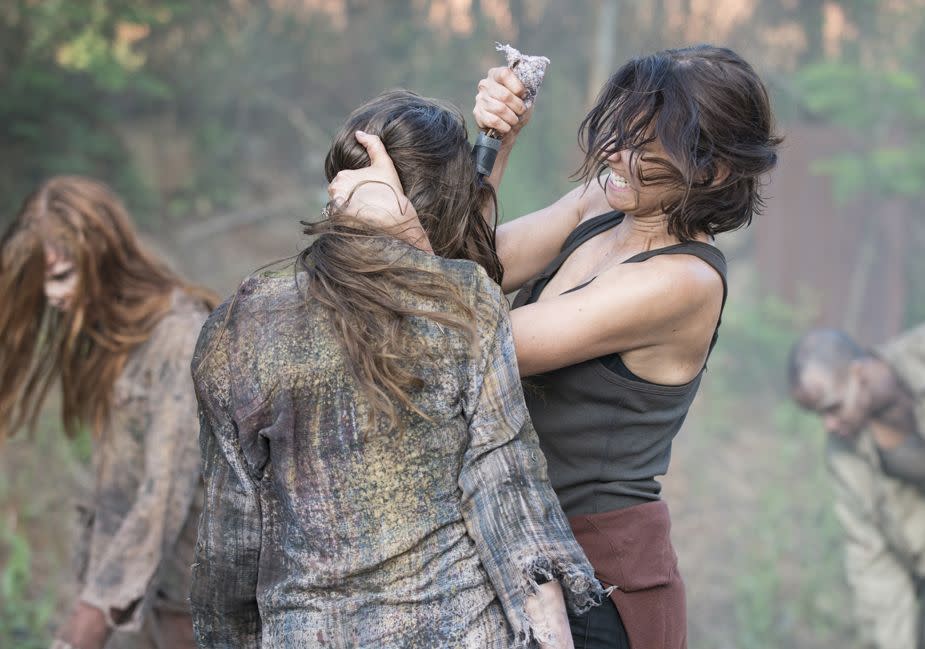
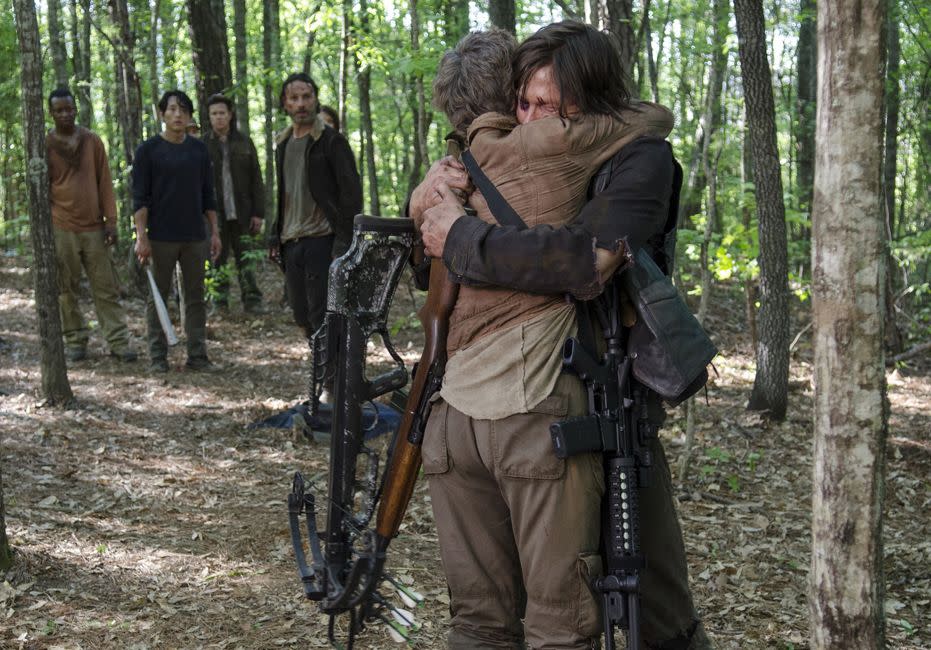
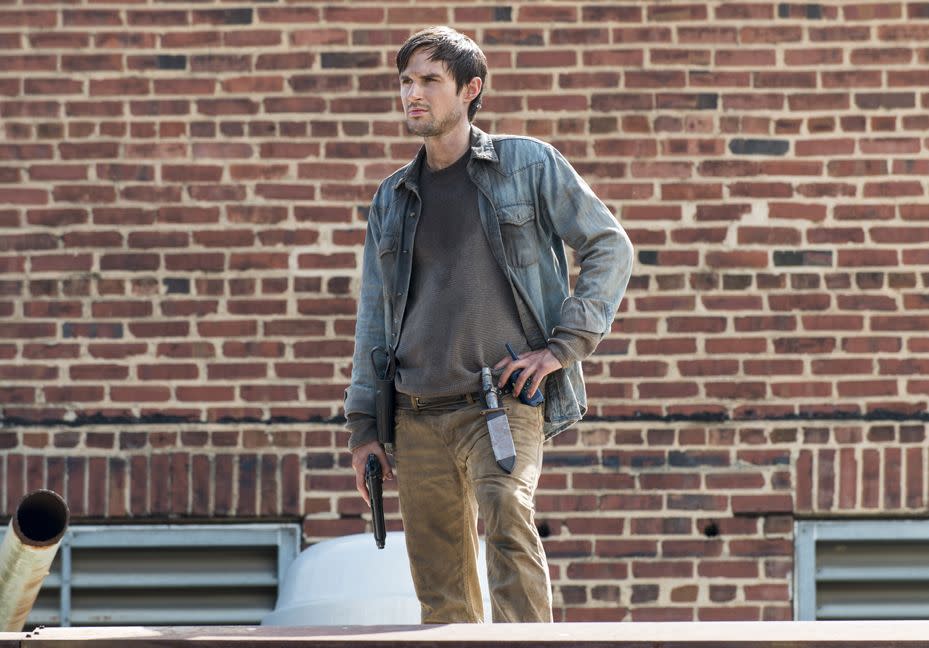
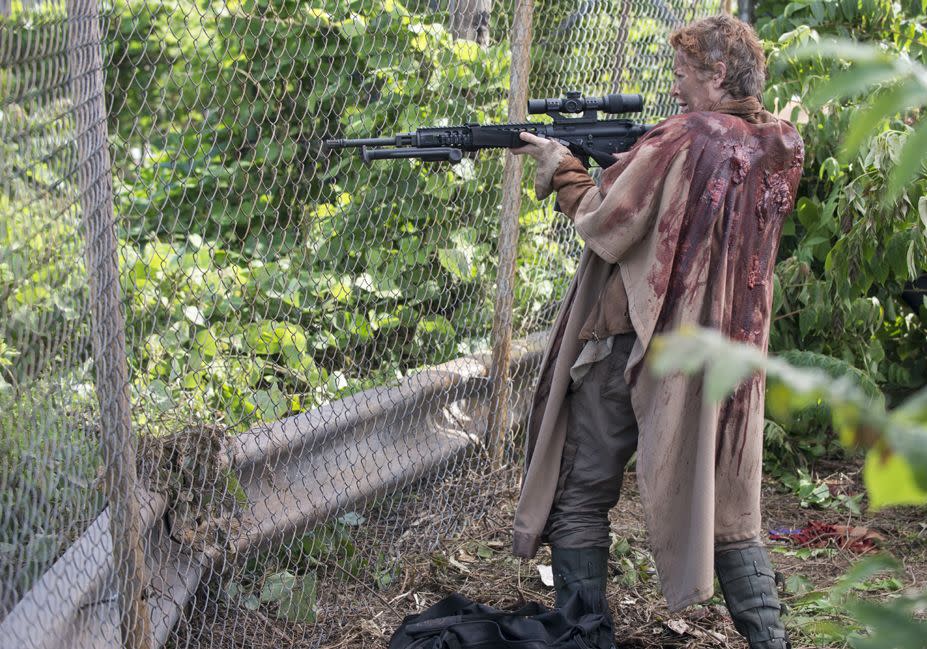
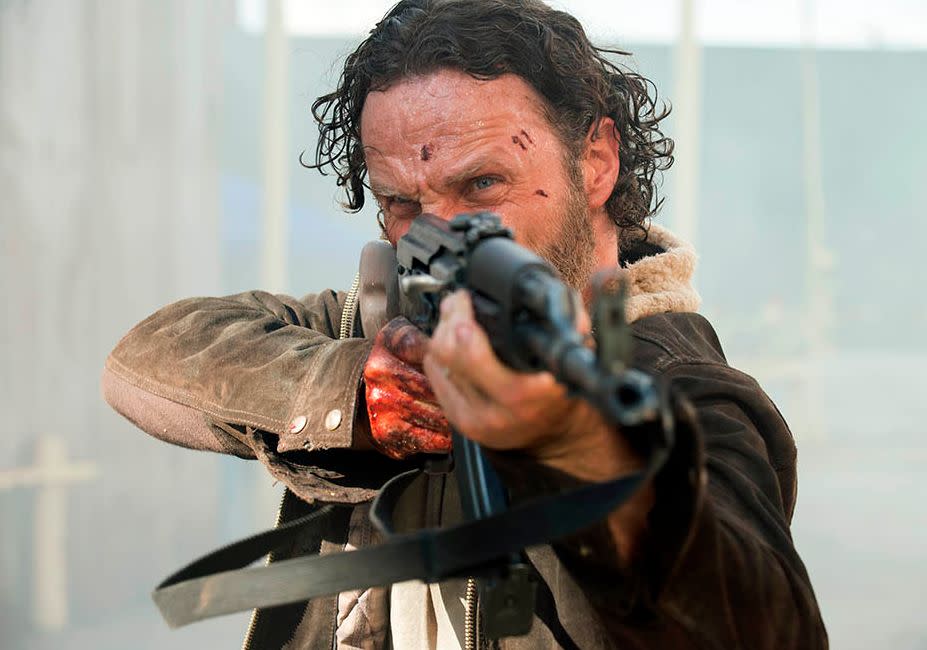
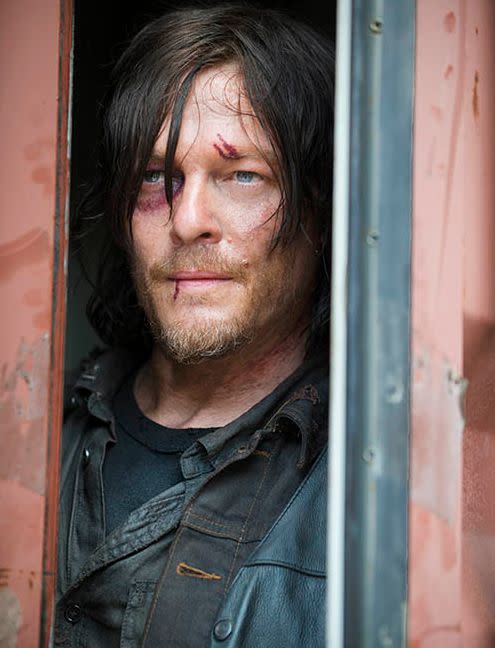
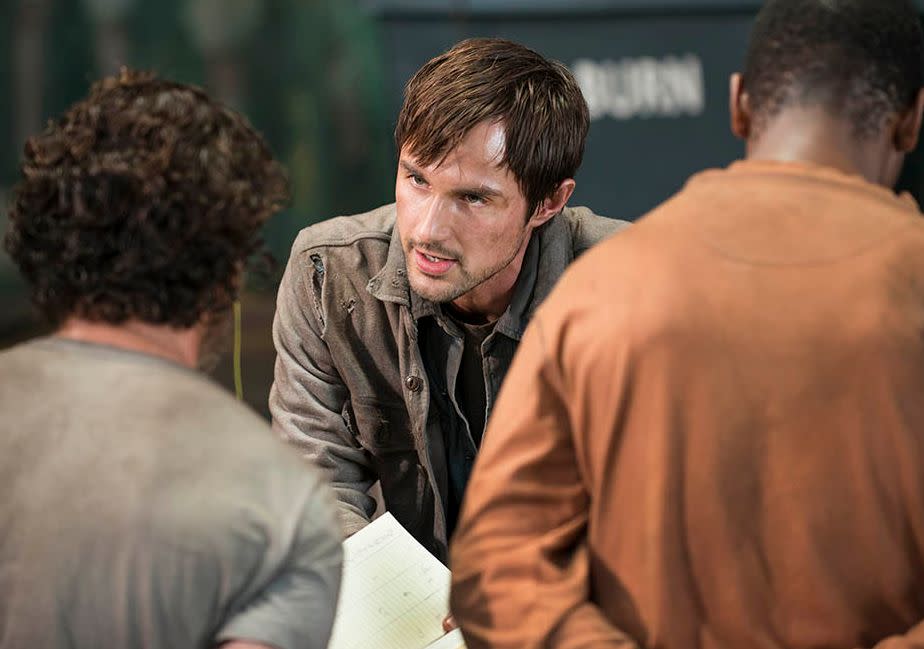
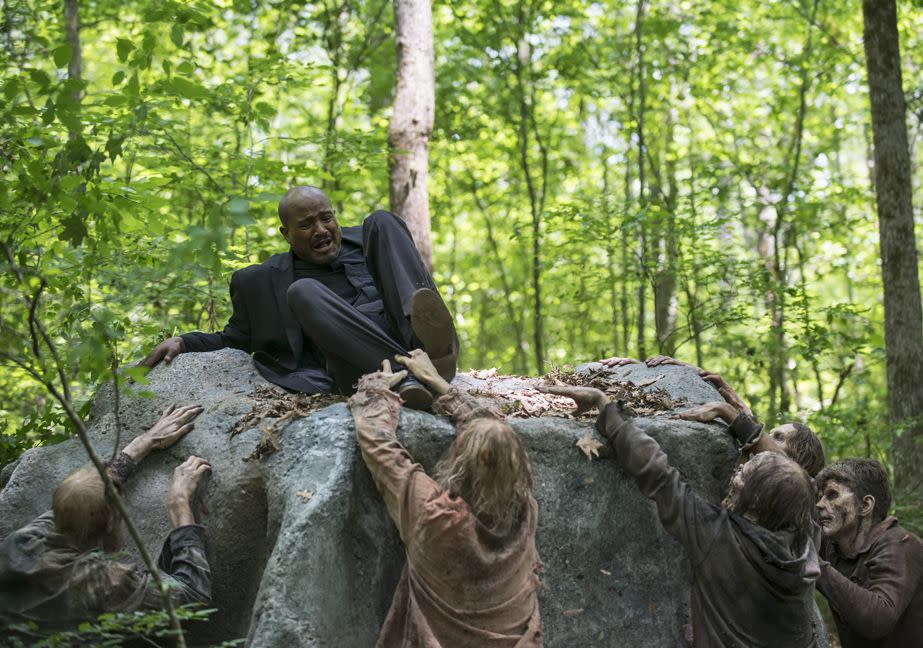
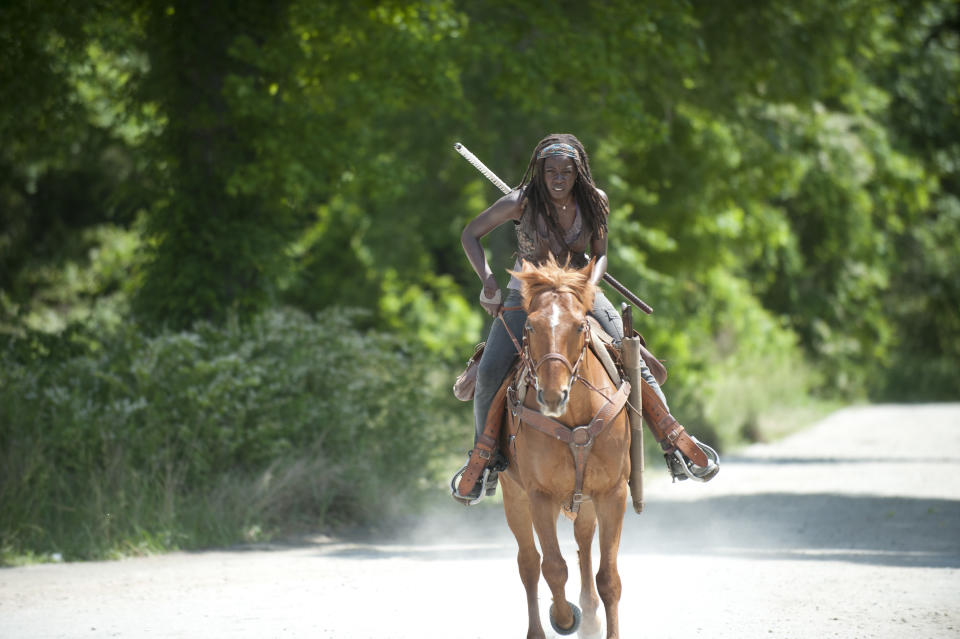
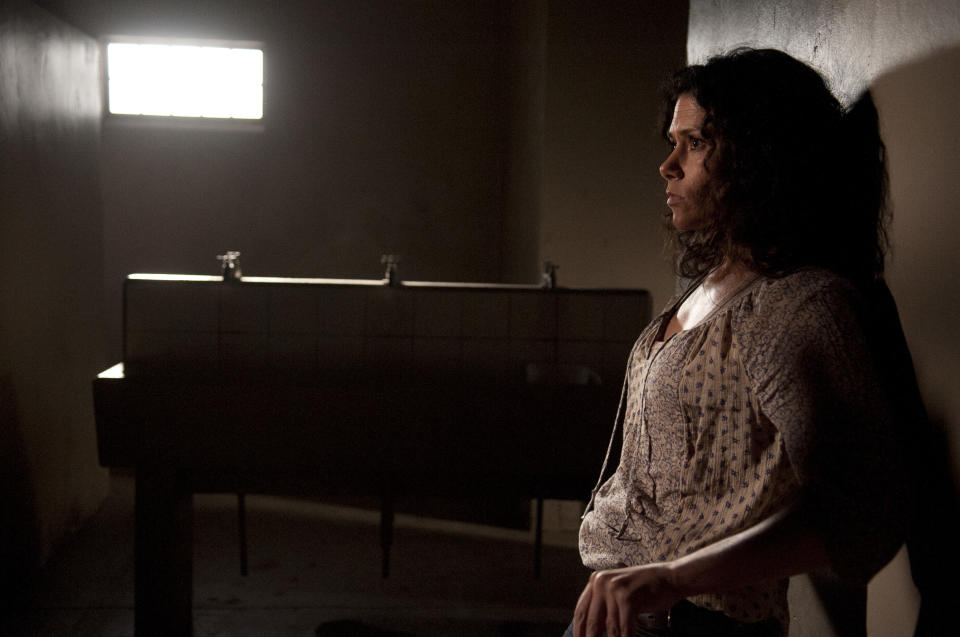
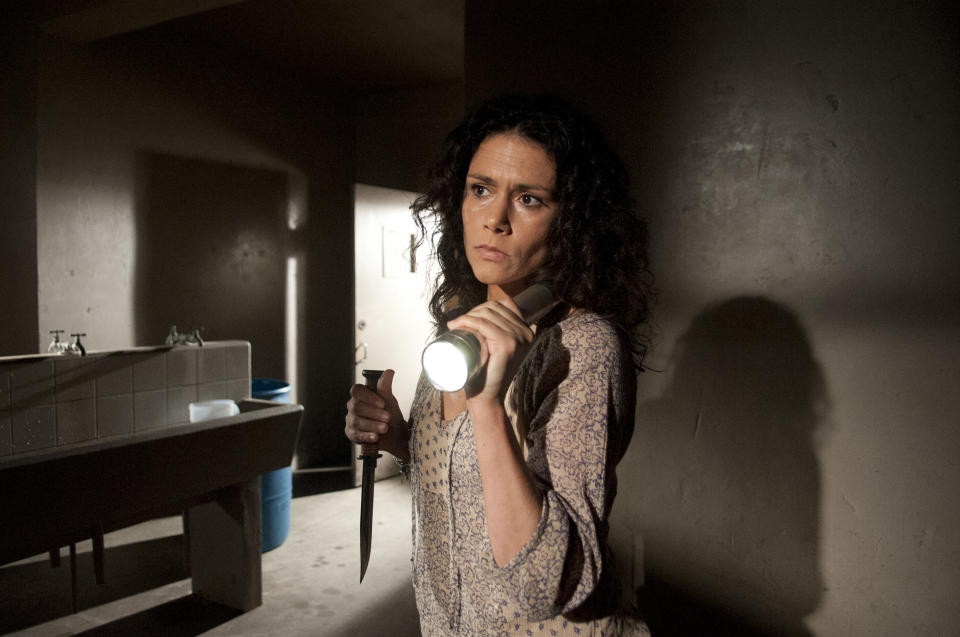
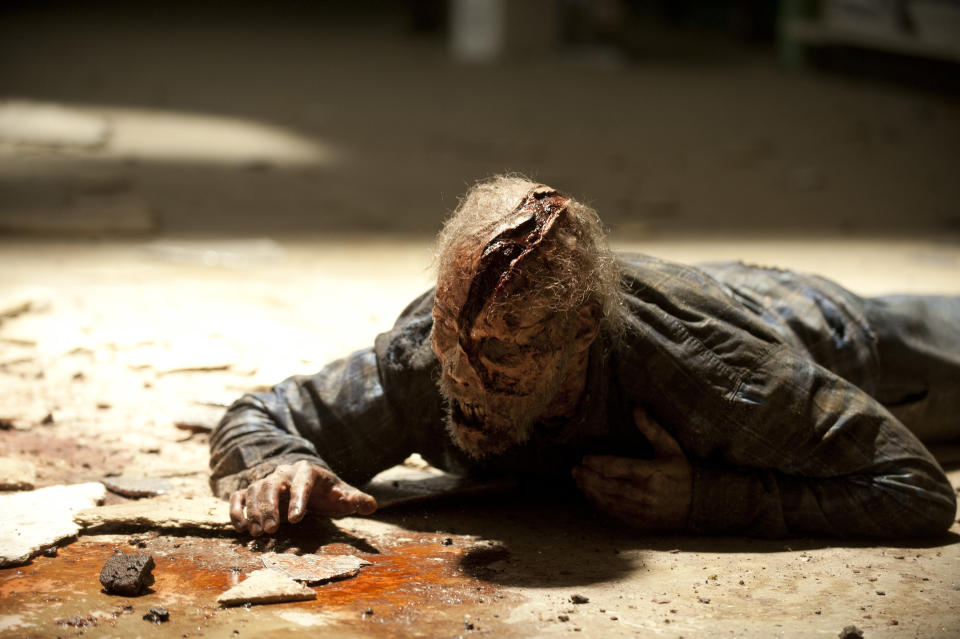


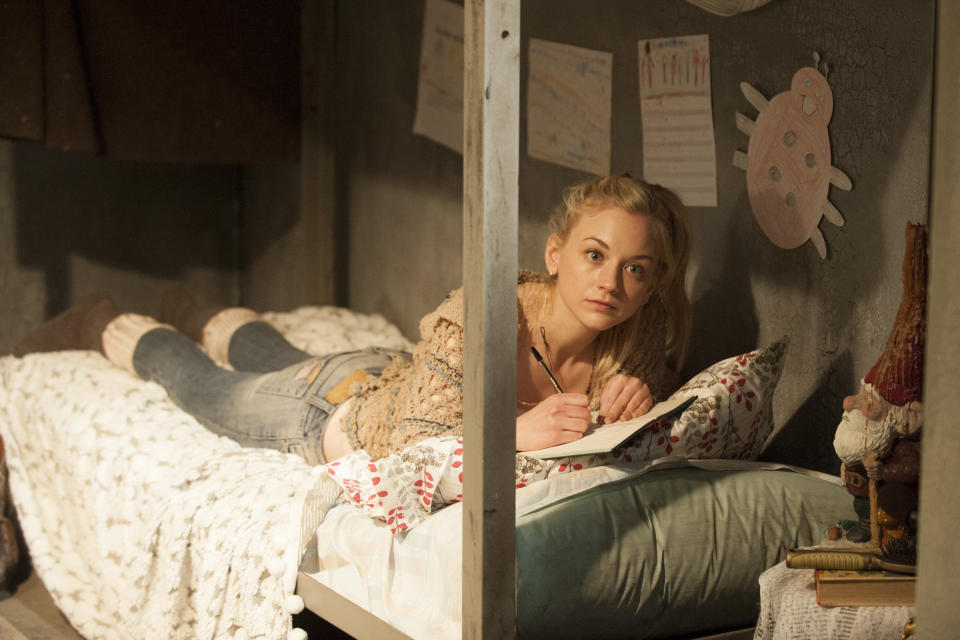
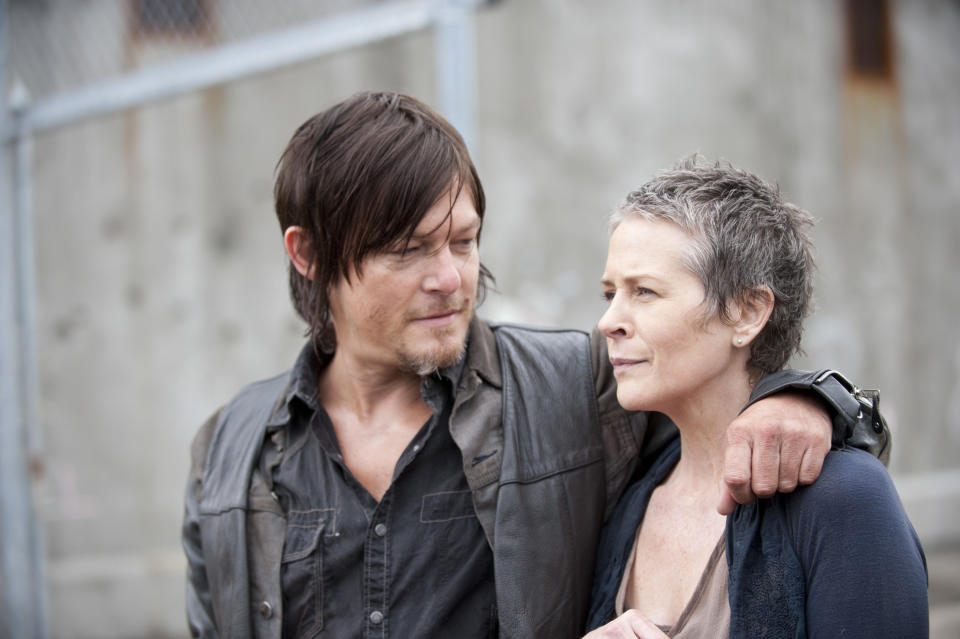
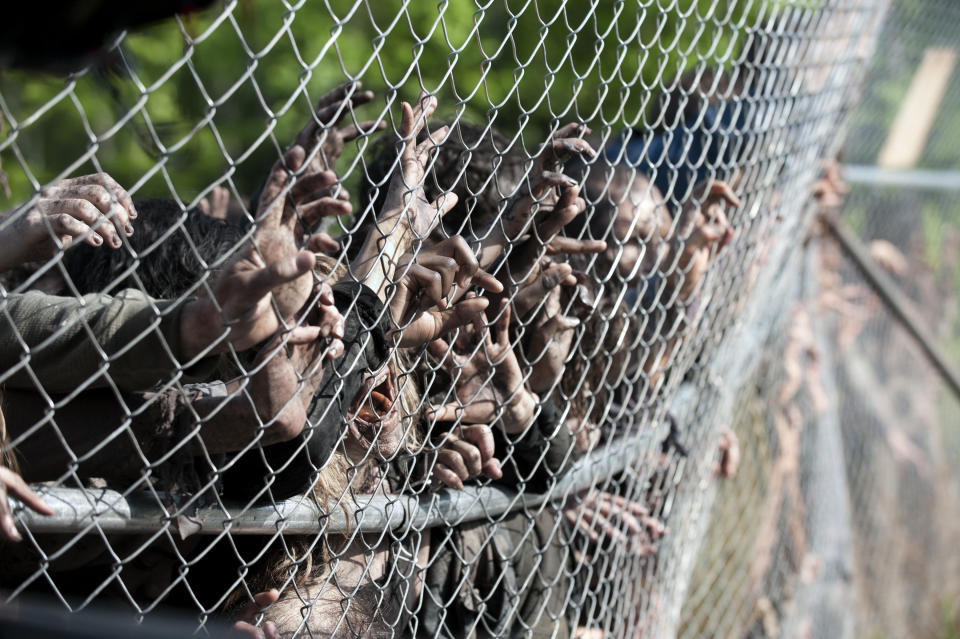

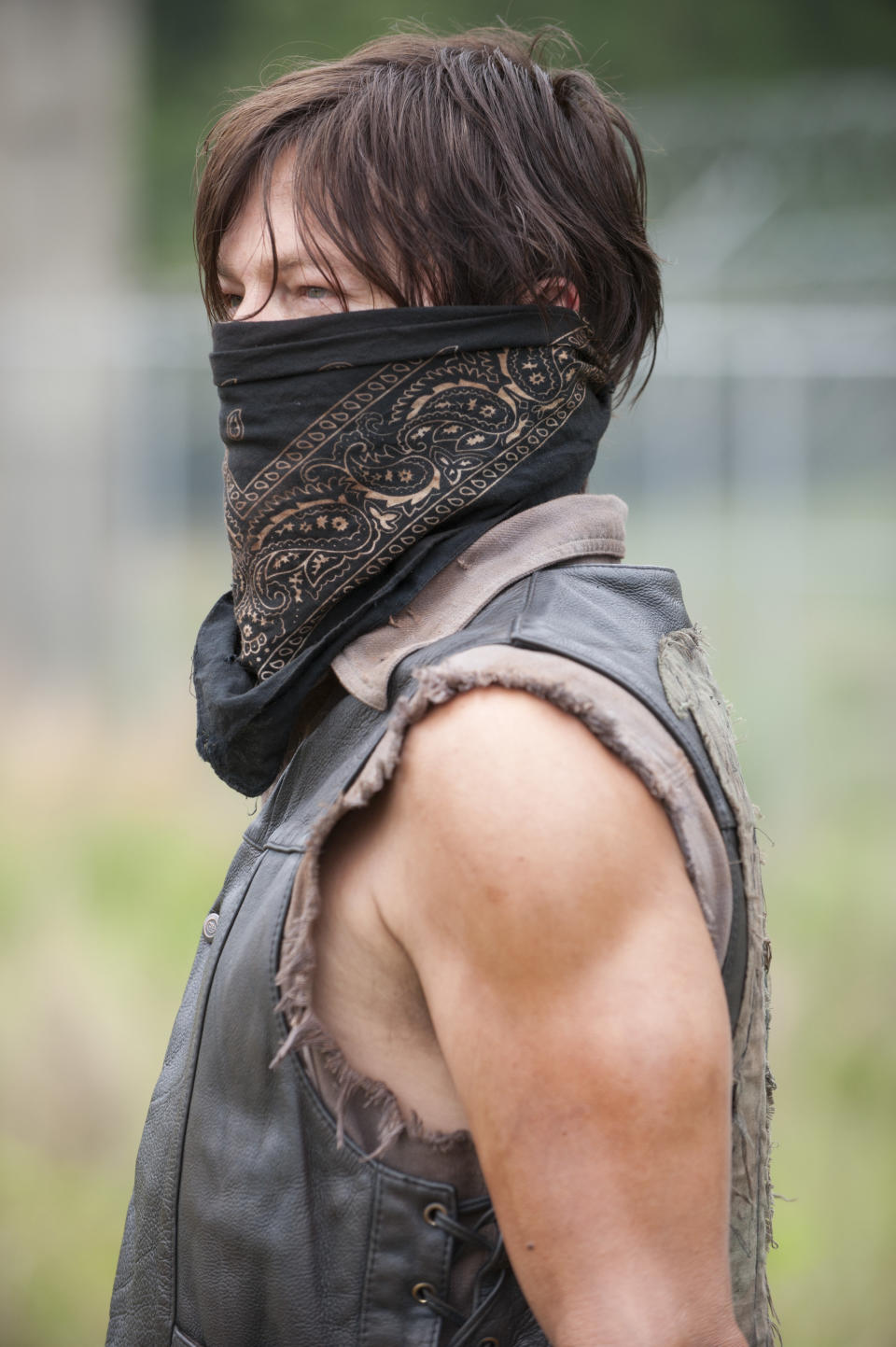

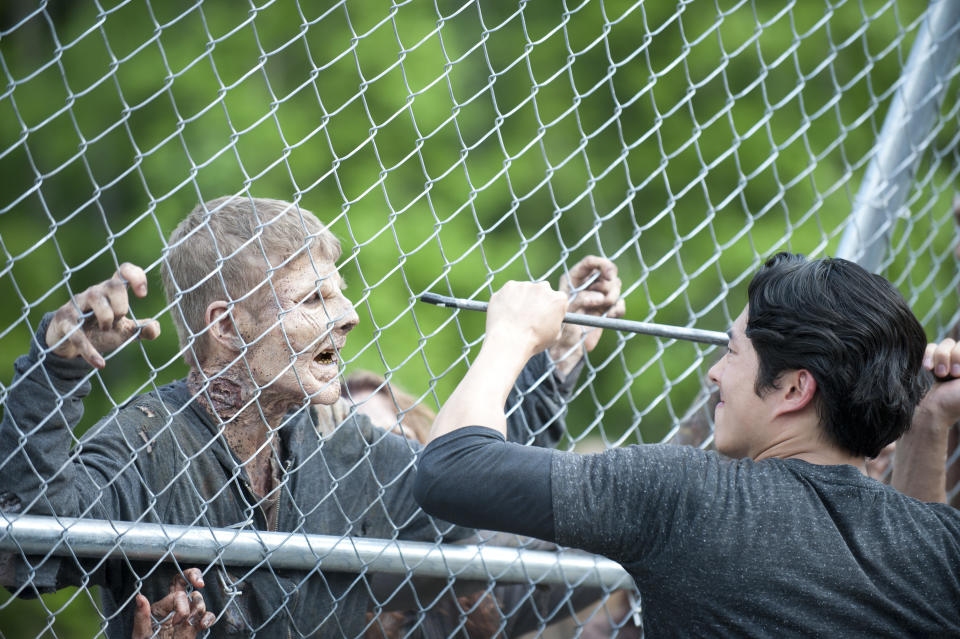
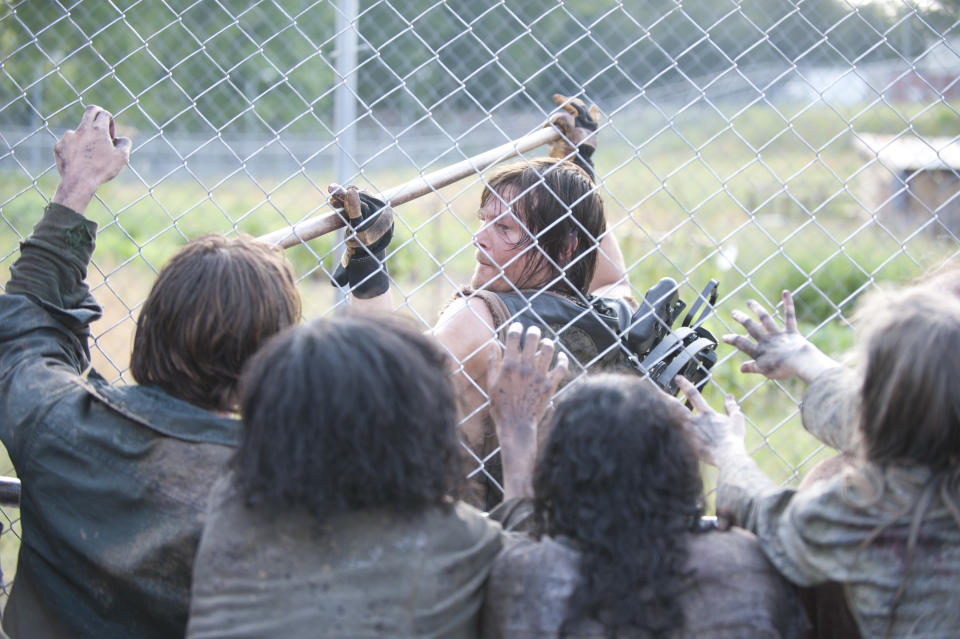
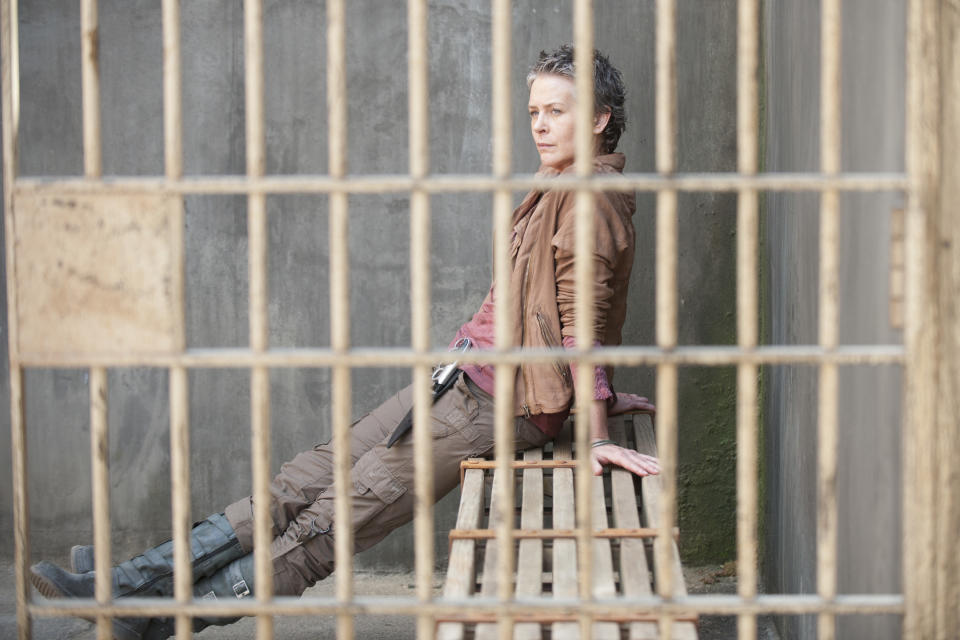

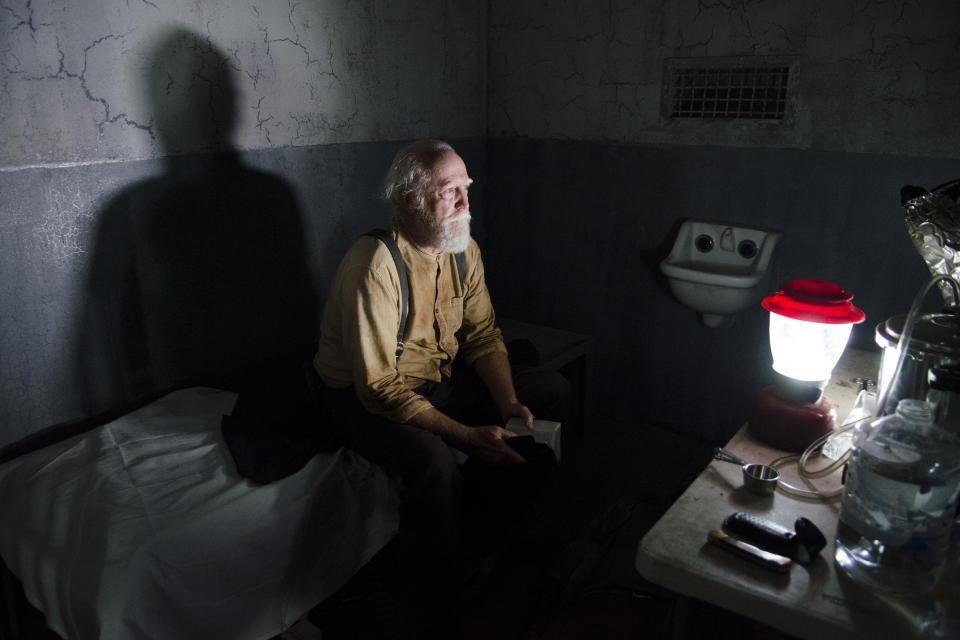
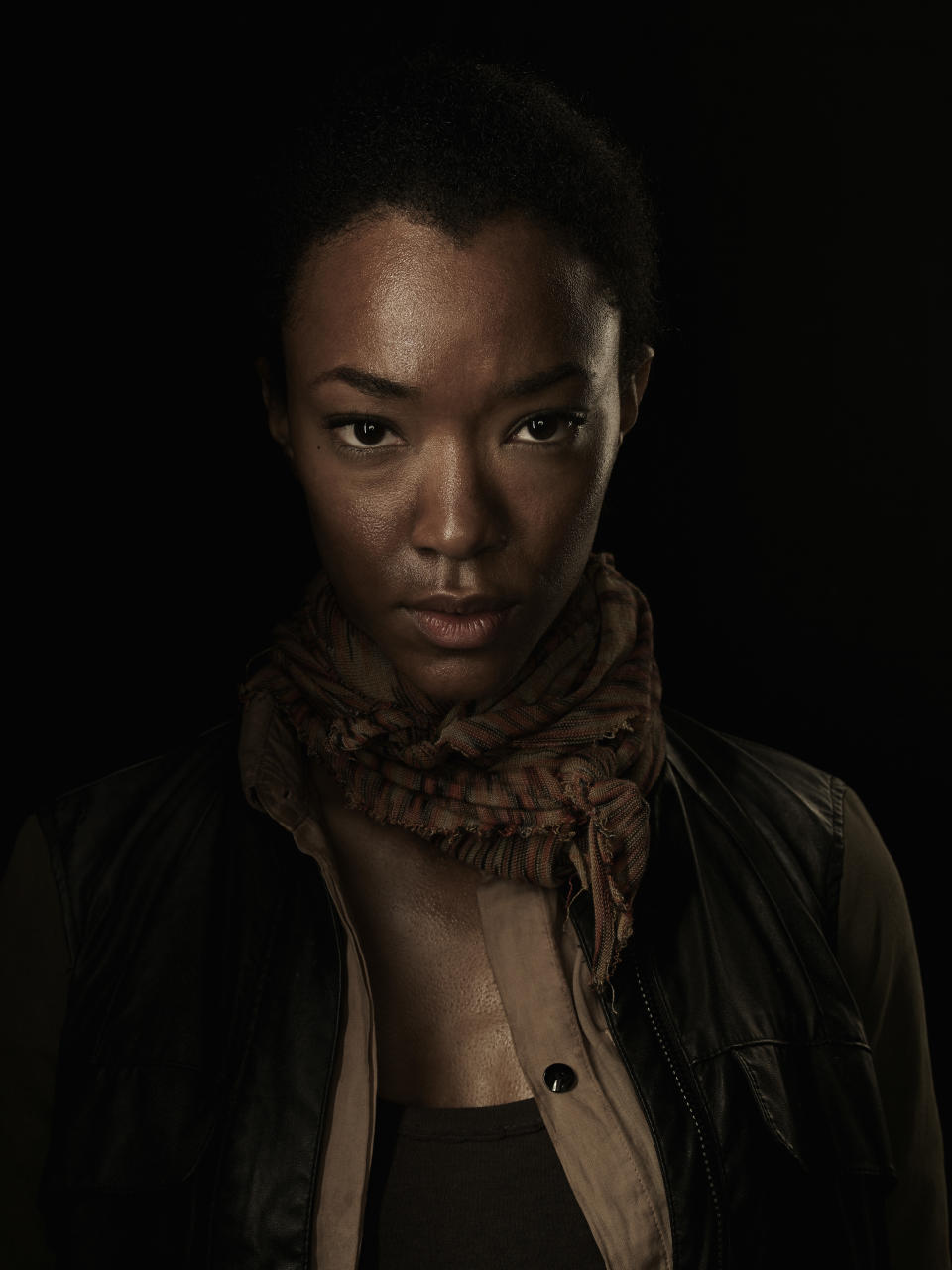

This article originally appeared on HuffPost.

